How to Use Winch Ropes Correctly
Winch ropes are an essential component of a winch system, which is used to lift, pull or tow heavy objects. However, to ensure safe and efficient use of the winch, it is important to know how to properly use and maintain the winch rope. In this blog post, we will discuss how to correctly use winch ropes, including tightening newly purchased ropes, important usage precautions, how to extend the rope's lifespan, and how to replace damaged ropes.
Tightening newly purchased winch ropes
When you first purchase a winch rope, it is important to properly tighten it before use. This helps prevent any slack or sagging in the rope, which can cause it to break or become damaged. Attach one end of the winch rope to the winch drum, following the manufacturer's instructions.

Usually, this involves inserting the end of the rope into the drum and securing it with a locking pin or clevis hook. Attach the other end of the rope to a fixed object, such as a tree or a sturdy pole. Make sure the object is strong enough to withstand the force of the winch. Begin winching in the rope slowly, using the winch controls. Watch the rope carefully as it tightens to ensure it does not become twisted or kinked. Continue winching in the rope until it is taut and there is no slack or sagging in the line.
Check that the rope is properly aligned on the winch drum and that it is not rubbing against any other objects. Once the rope is fully tightened, secure it to the winch drum using a locking pin or clevis hook, following the manufacturer's instructions. By properly tightening a new winch rope, you can help ensure that it will perform safely and effectively during use.
Usage precautions
During use, there are several precautions to keep in mind to ensure the safe and efficient operation of the winch system. Never exceed the weight limit of the winch or the breaking strength of the rope. Before using the winch, check the weight of the load and make sure it does not exceed the winch's capacity. Make sure the winch rope is properly secured to both the load and the winch drum.

Check that the rope is not twisted or tangled and that there is no slack in the line. Always wear gloves when handling the winch rope to protect your hands from burns or cuts. Avoid wrapping the rope around your hand or fingers, as this can cause serious injuries. Avoid dragging the winch rope on rough or abrasive surfaces, which can cause abrasions and weaken the rope. If possible, use a protective sleeve or cover to shield the rope from damage. Never use the winch rope as a lifting device. It is designed for pulling and towing only and should not be used to support heavy loads off the ground.
To extend the lifespan of the winch rope
Avoid twisting or kinking the rope, as this can cause it to become tangled or damaged. Use a fair lead or guide to keep the rope properly aligned and prevent twisting. After use, clean the rope with soap and water to remove any dirt or debris. Rinse the rope thoroughly and allow it to dry completely before storing it. Store the winch rope in a cool, dry place away from direct sunlight and moisture.
To extend the lifespan of the winch rope, it is important to avoid dragging it on rough surfaces, which can cause abrasions and weaken the rope.
Replacing damaged winch ropes
First, make sure the winch is turned off and the rope is completely slack. Release the rope from the winch drum and disconnect it from the load. Inspect the rope for any signs of damage, such as fraying, cuts, or abrasions. If the damage is severe, the rope should be replaced immediately. To remove the damaged rope, locate the winch drum retaining bolt or pin and loosen it using the appropriate tools. This will allow you to remove the drum from the winch. Once the drum is removed, carefully unwind the damaged rope from the drum and discard it.

To install the new rope, thread one end of the rope through the winch drum and secure it using the manufacturer's recommended method, such as a locking pin or clevis hook. Begin winding the rope onto the drum slowly, taking care to ensure that it is properly aligned and there are no twists or kinks in the line. Once the rope is fully wound onto the drum, secure the drum back onto the winch using the retaining bolt or pin. Finally, attach the other end of the rope to the load using the appropriate method and test the winch to ensure it is working properly.
In conclusion, Winch ropes are an important component of any winch system, and it is essential to use them properly to ensure safe and efficient operation. By following the guidelines discussed in this blog post, you can extend the lifespan of your winch rope and avoid any accidents or failures during use. Remember to always inspect the rope before use and replace it immediately if any damage is detected.


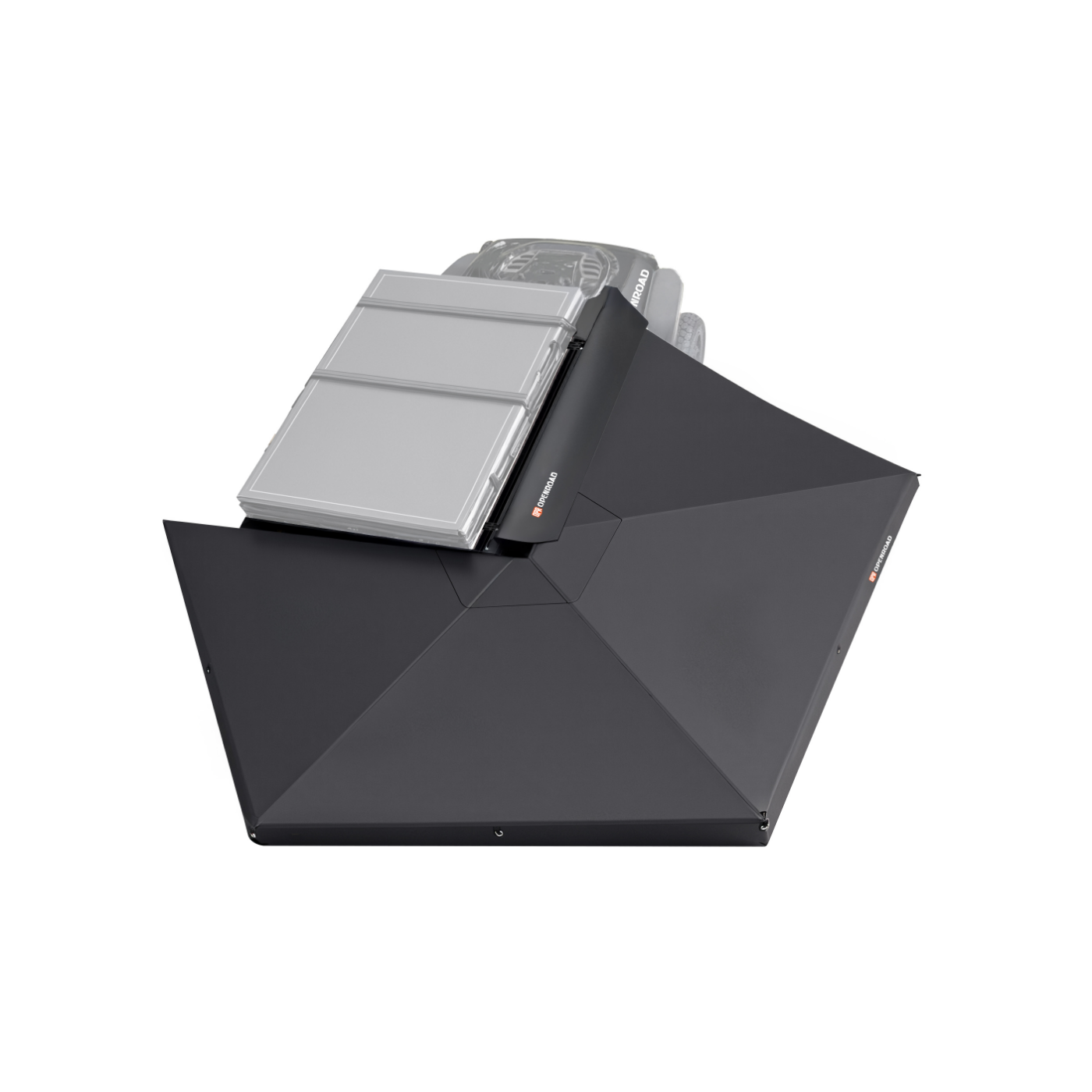
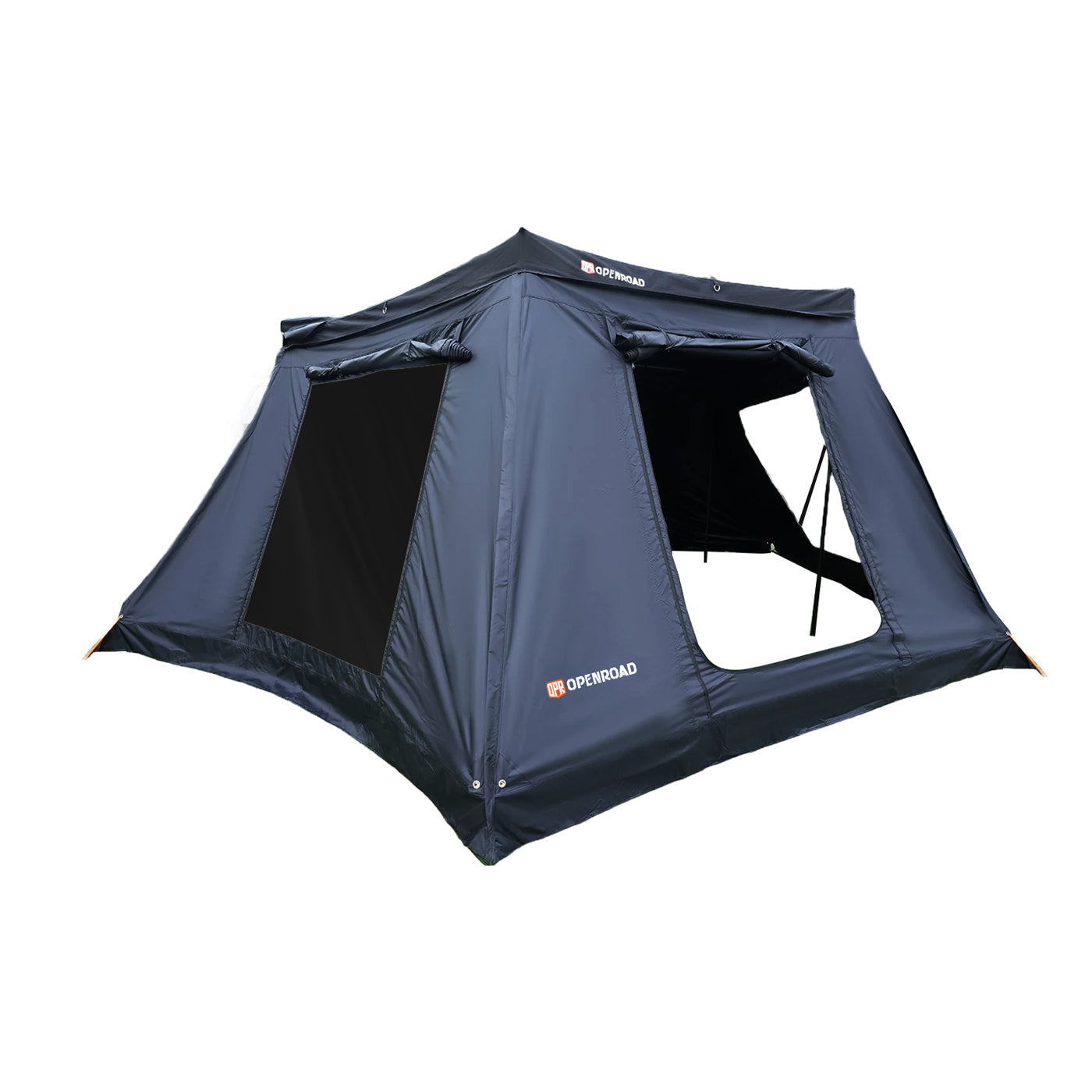
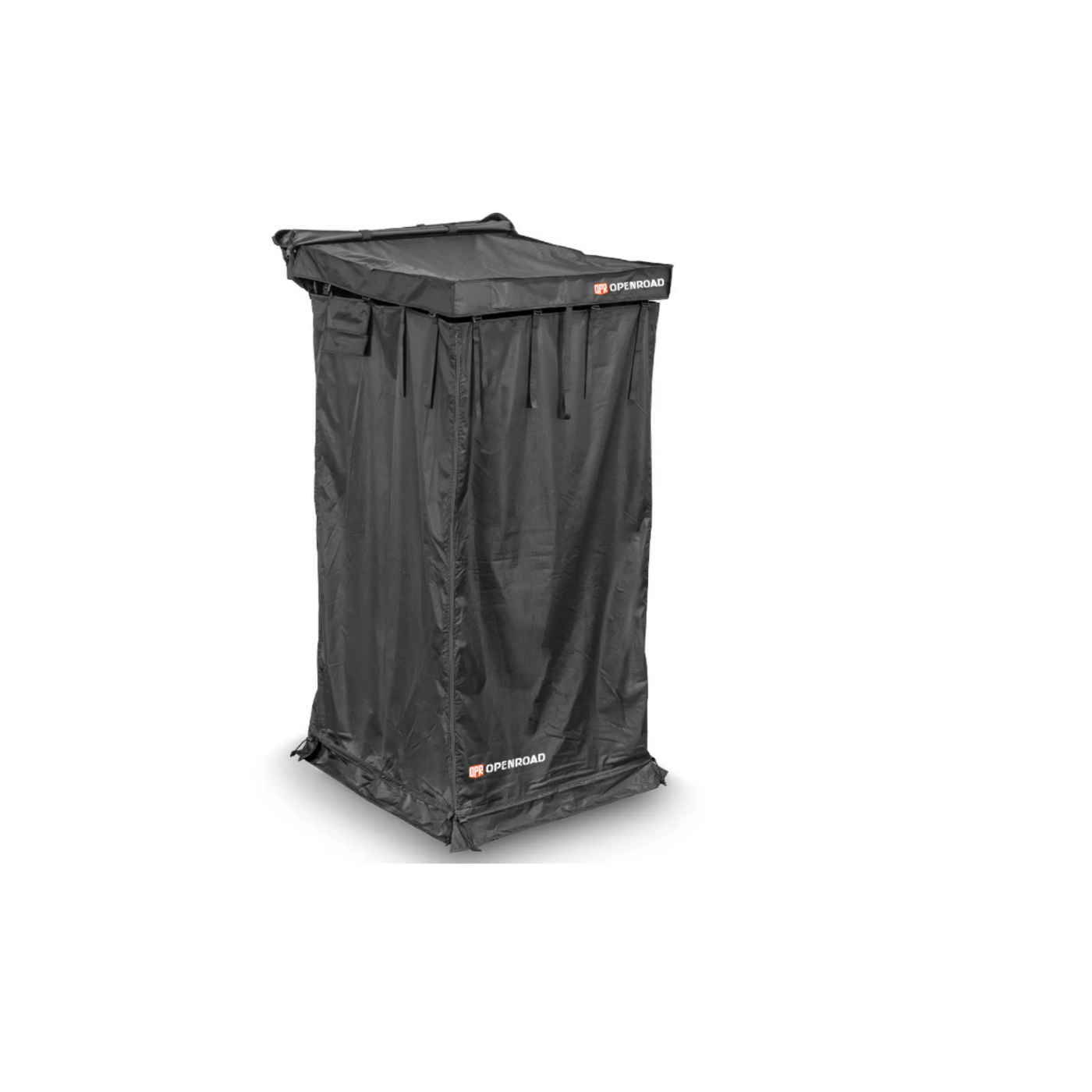
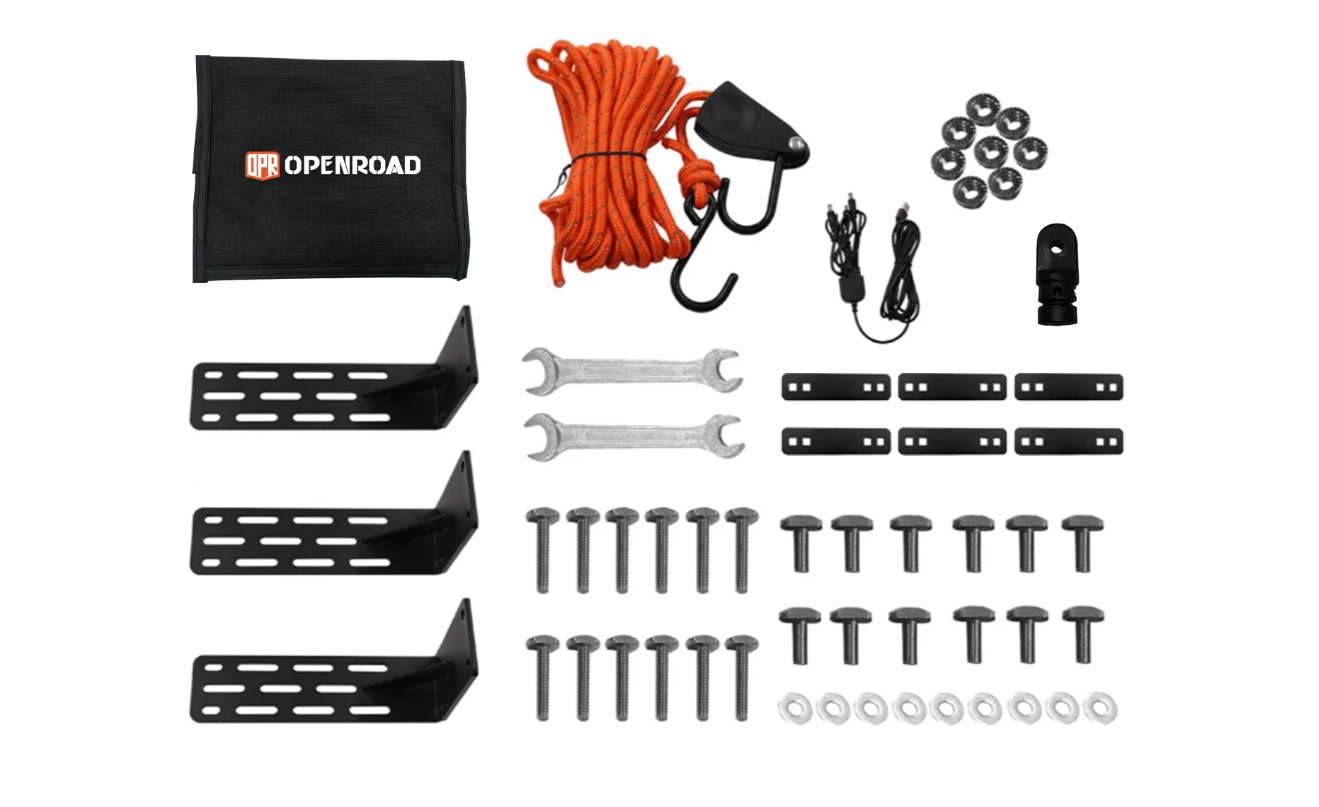
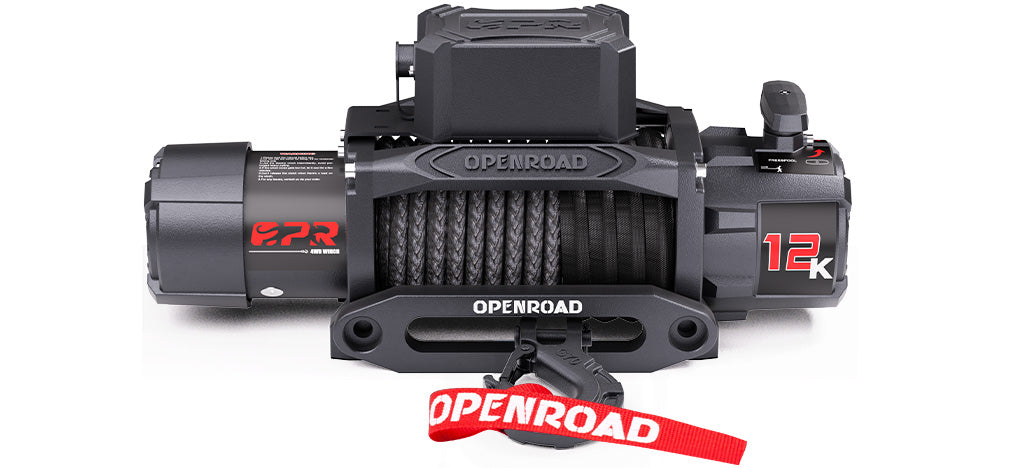
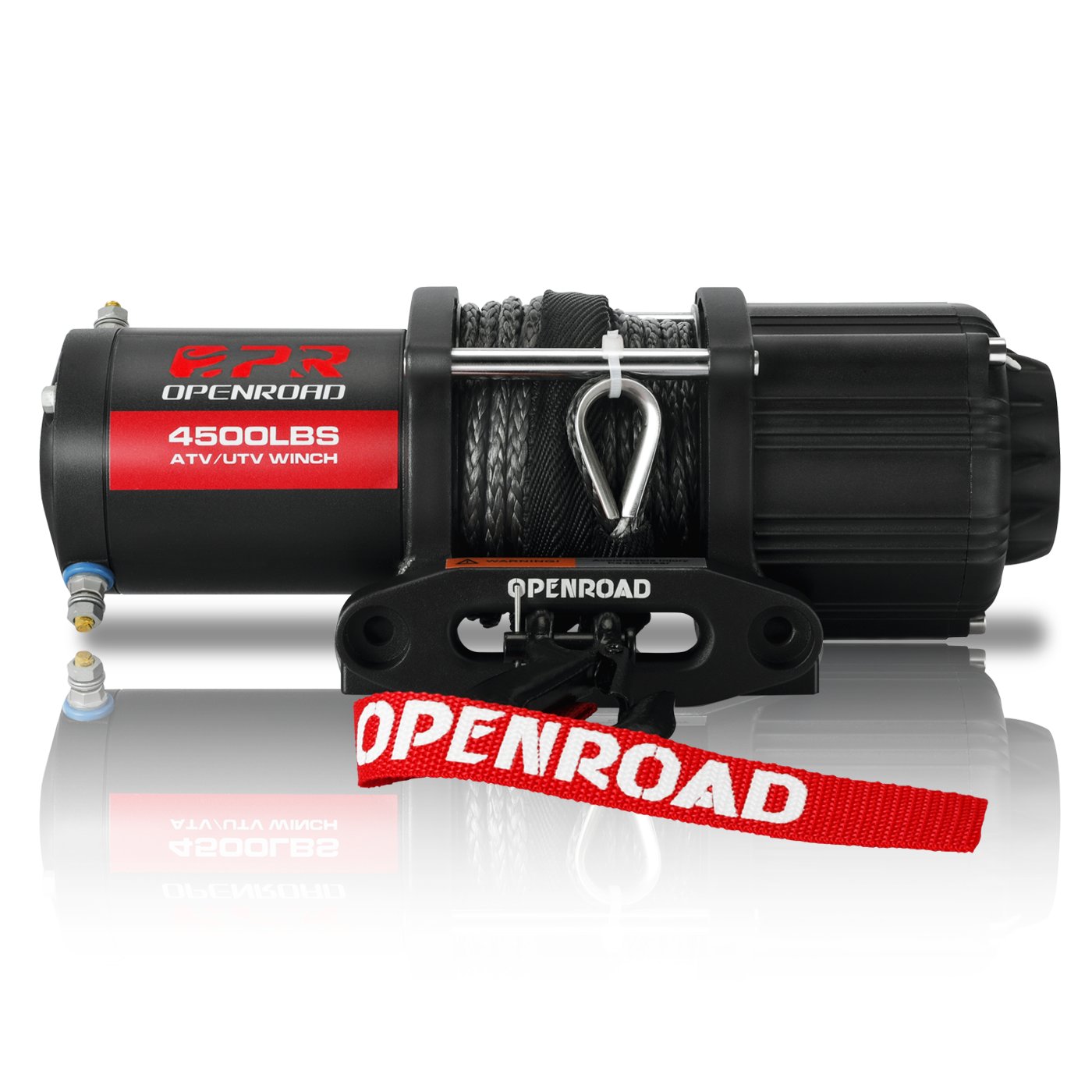
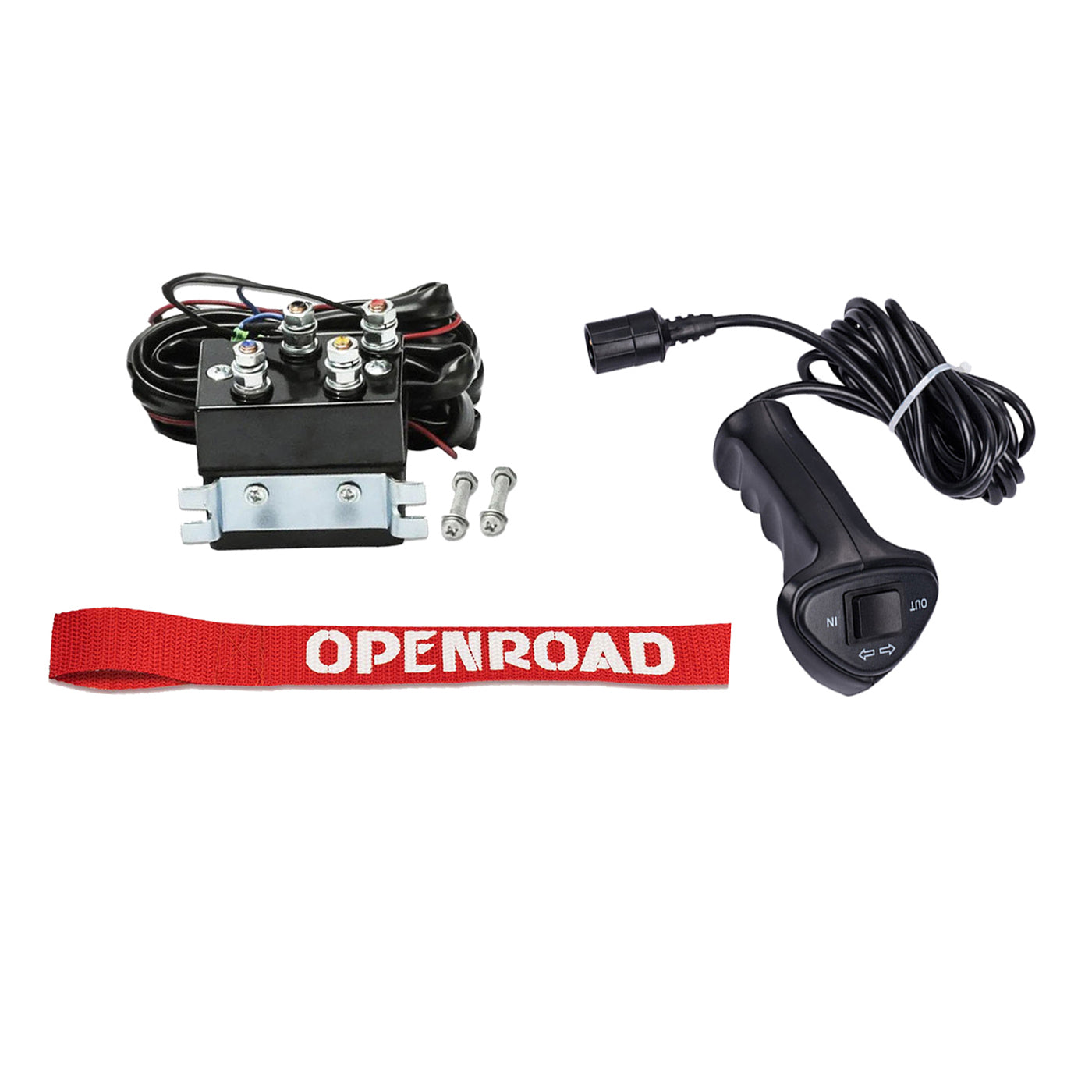

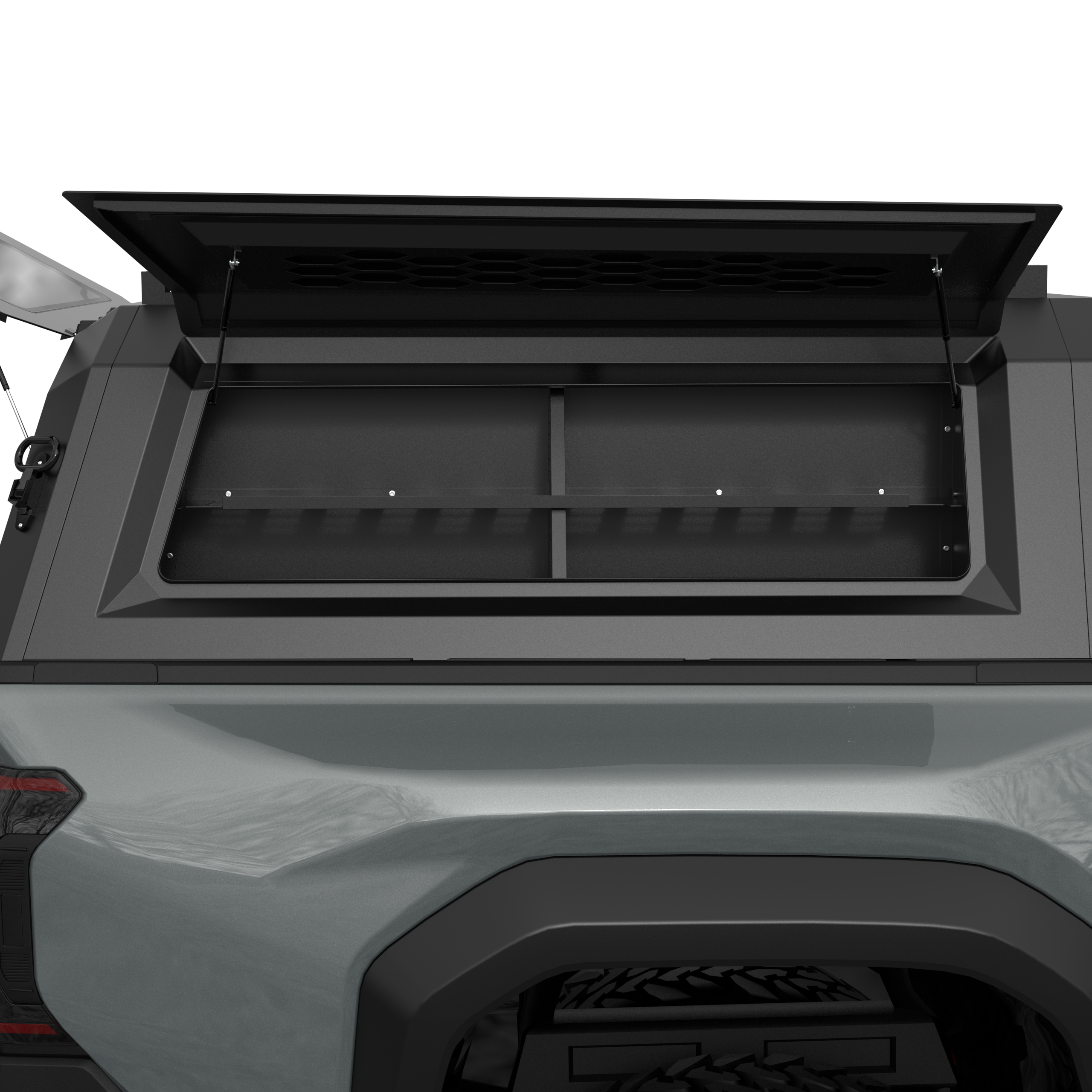
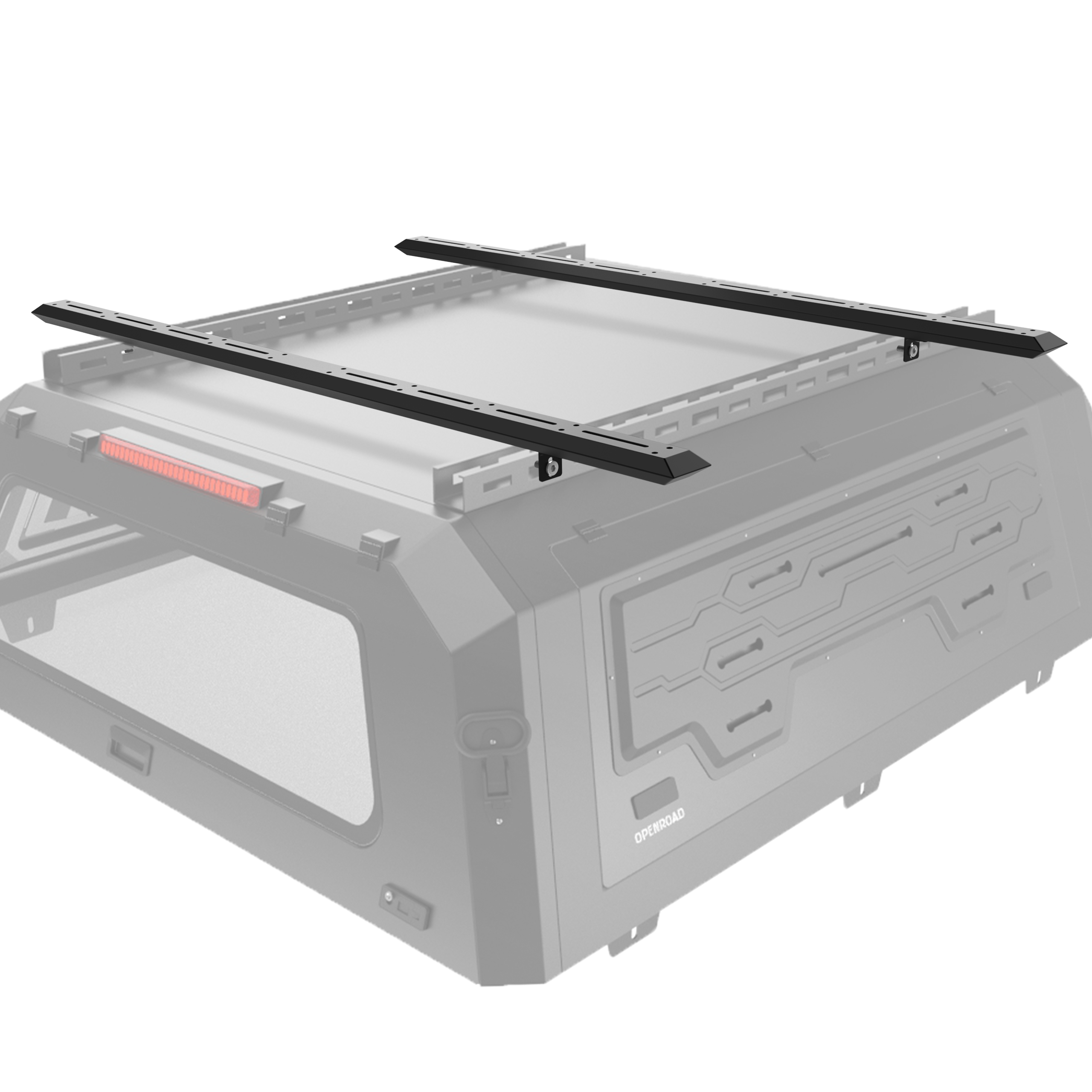
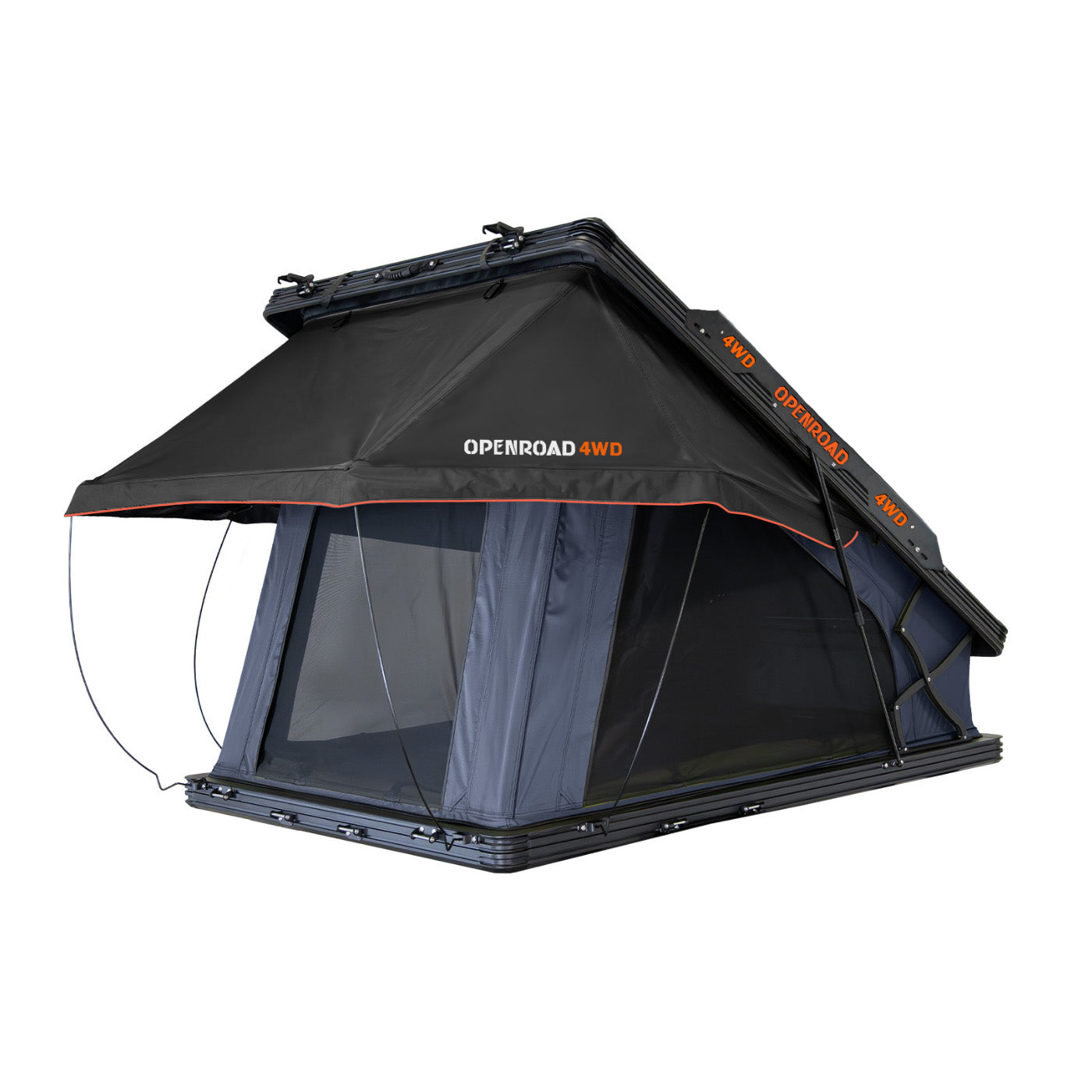

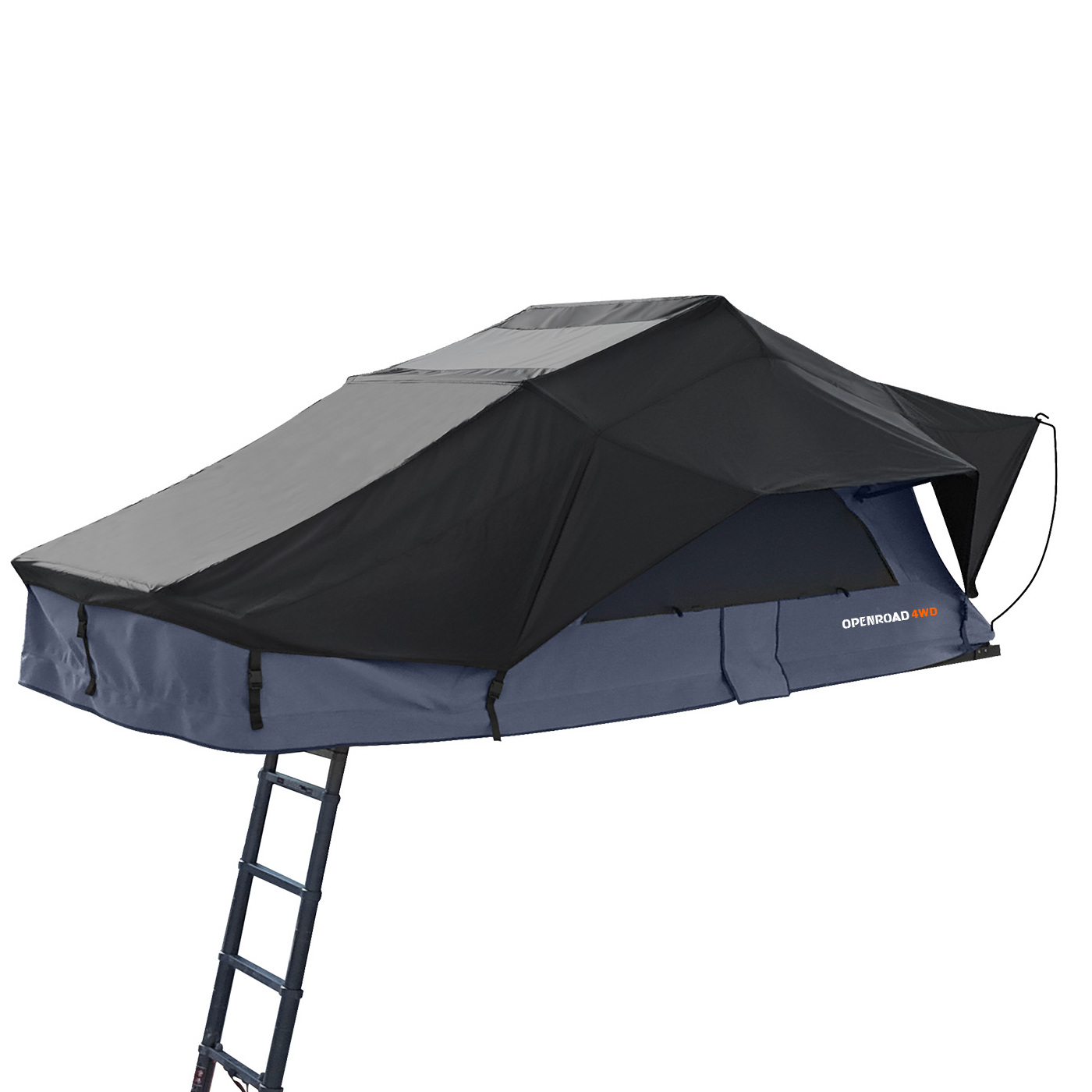
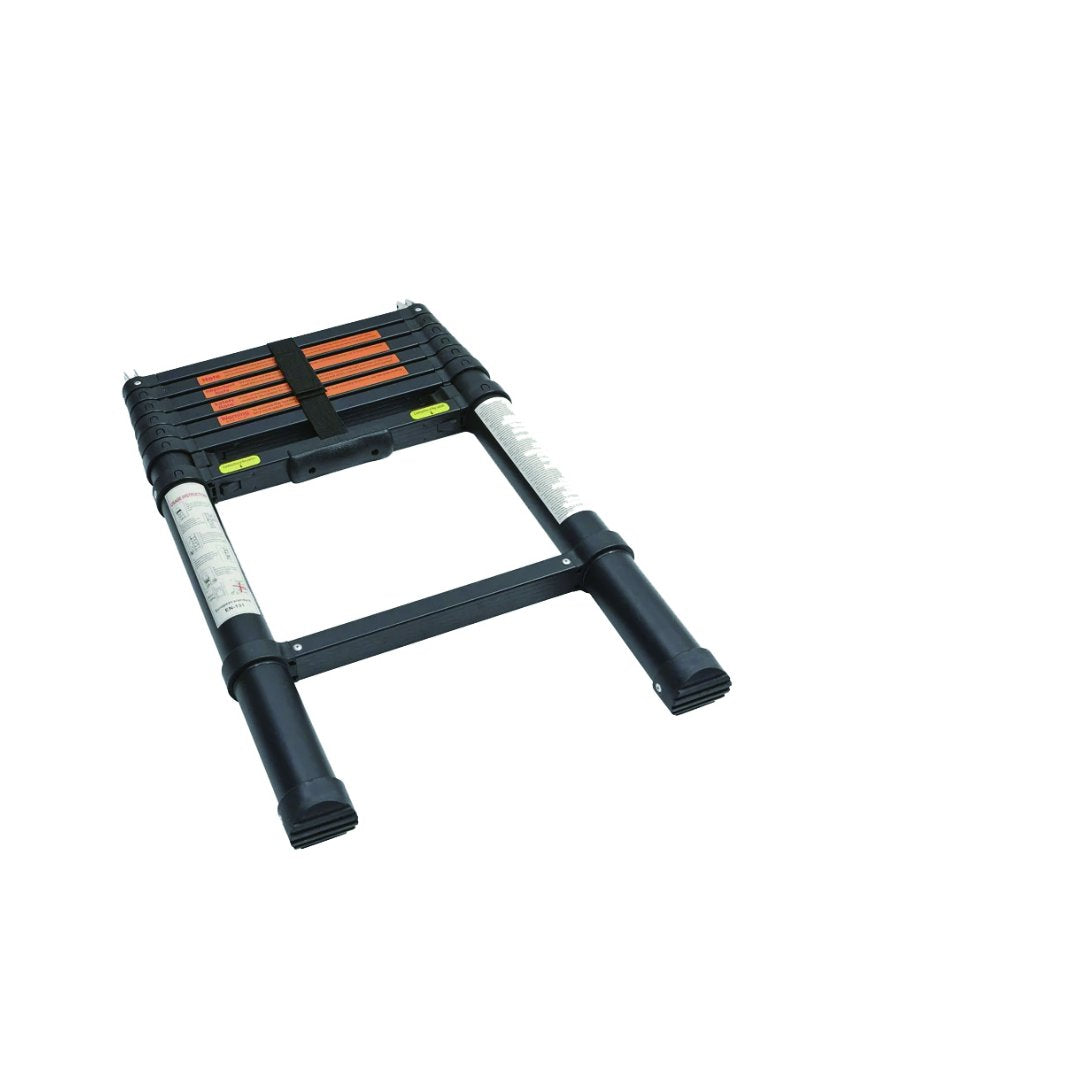
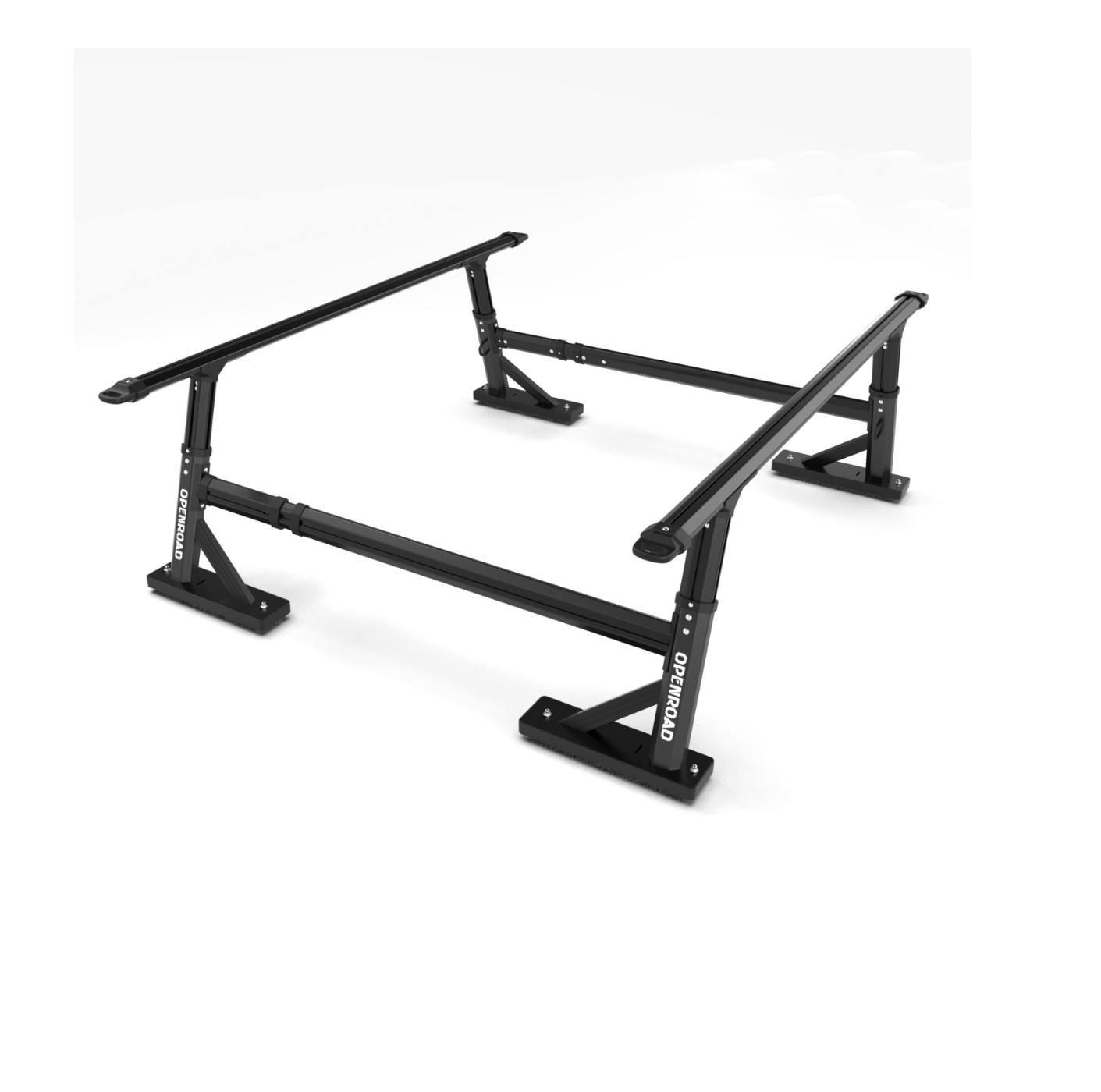
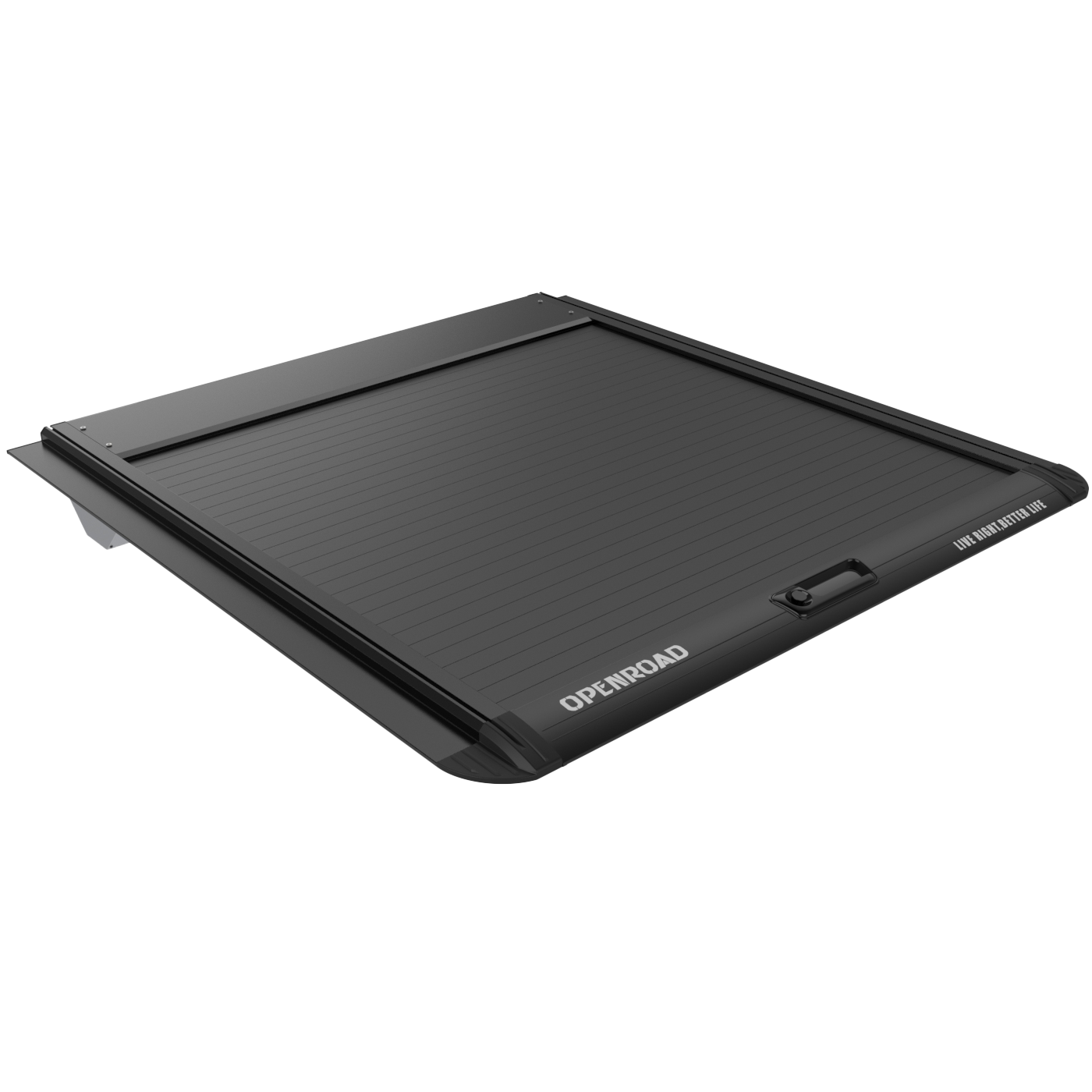
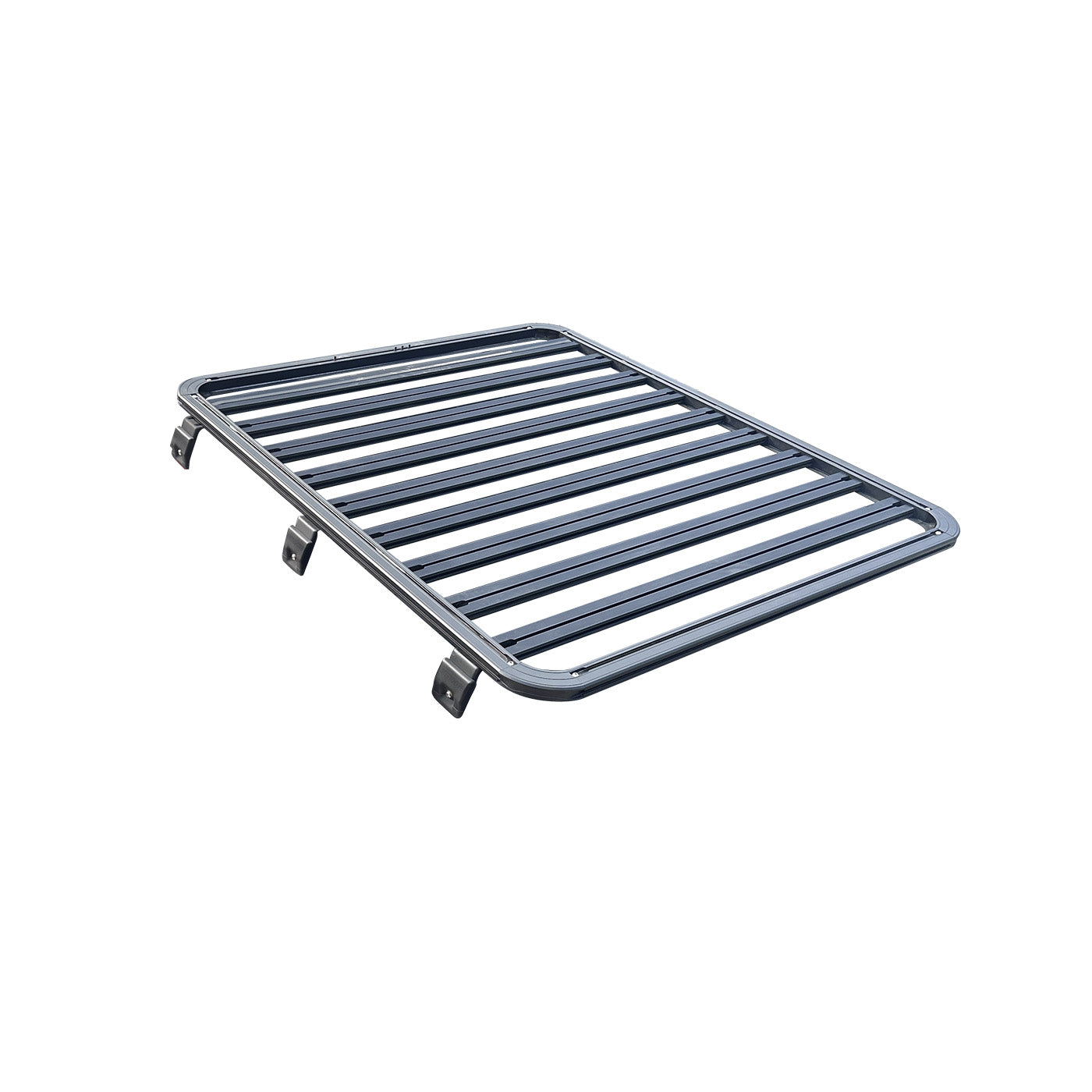
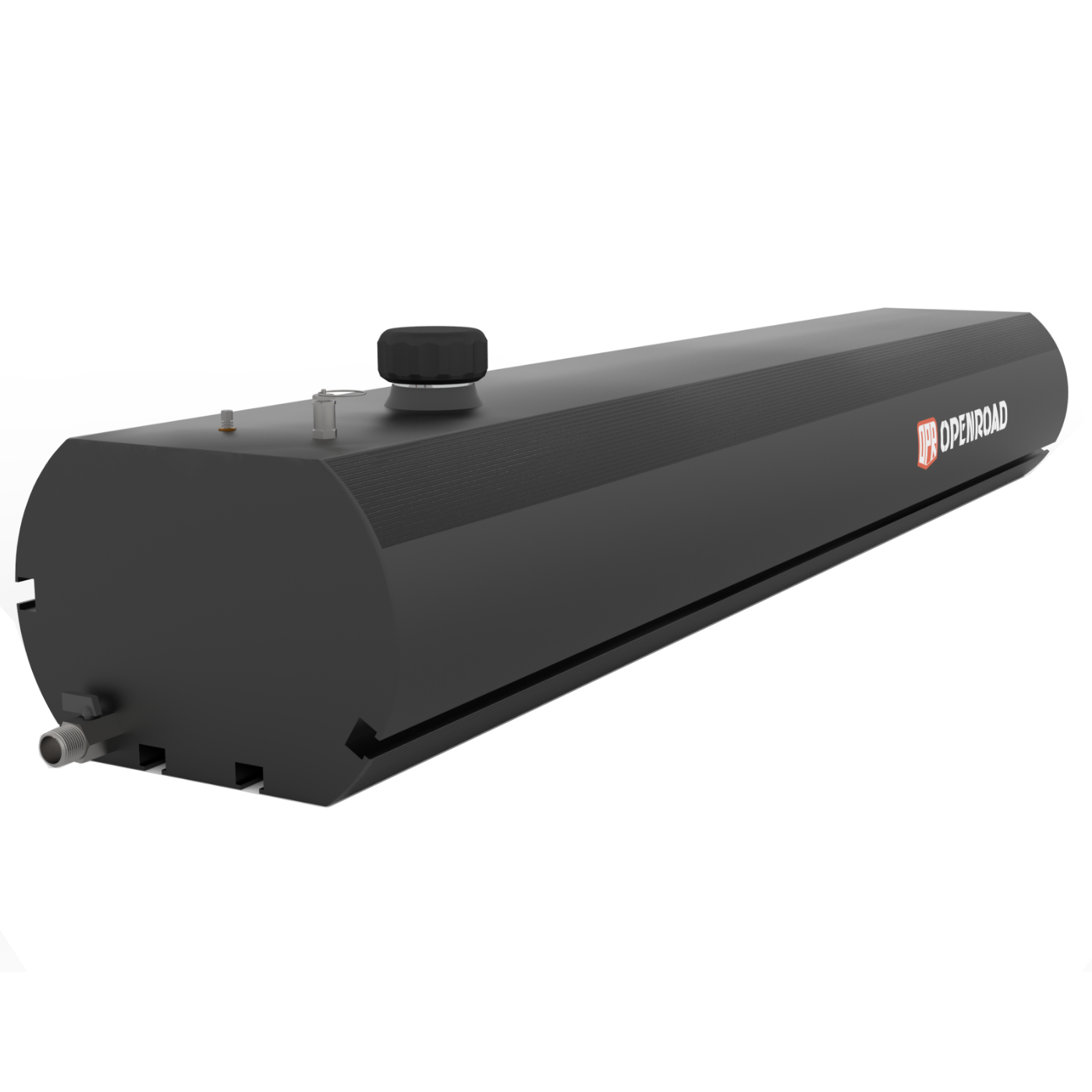
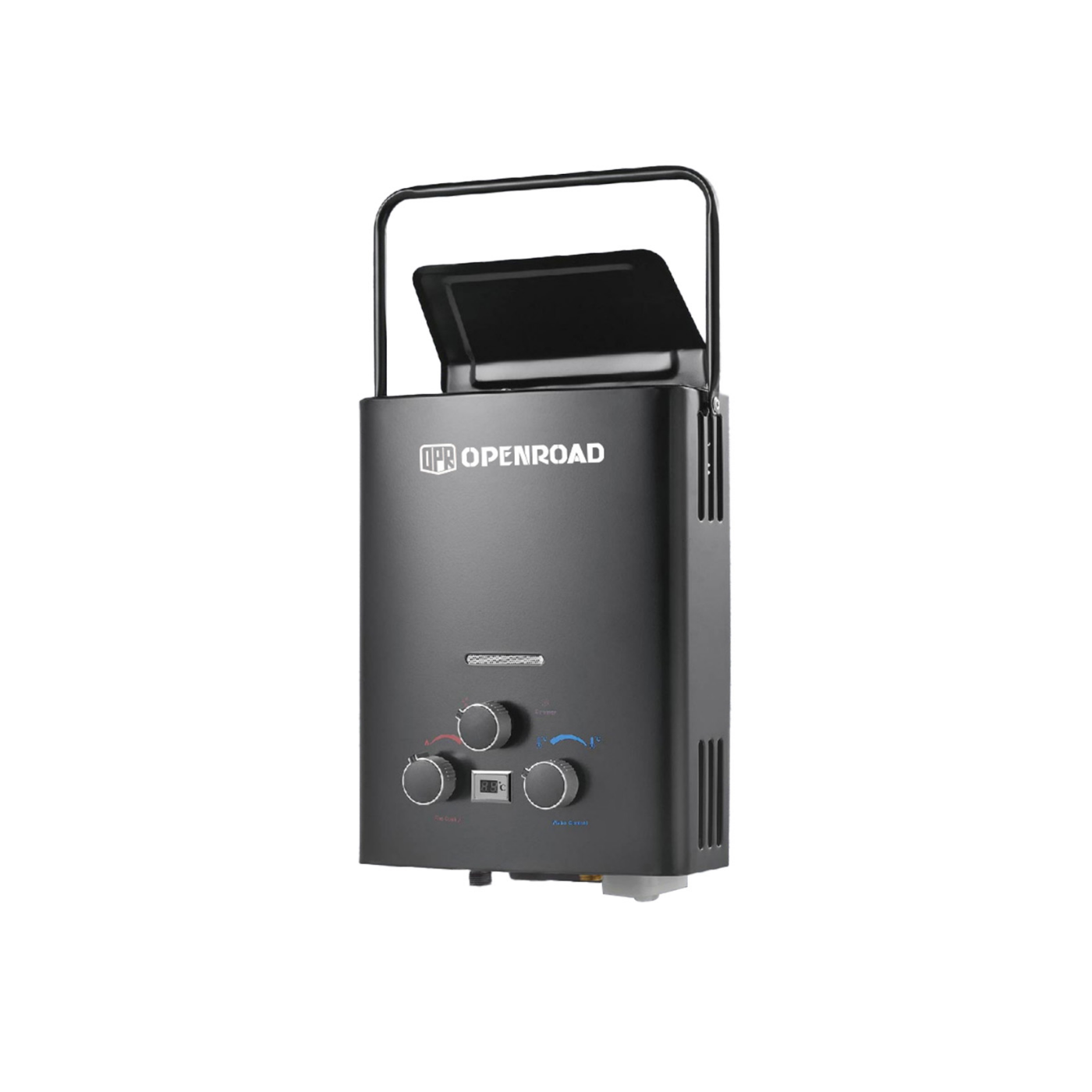
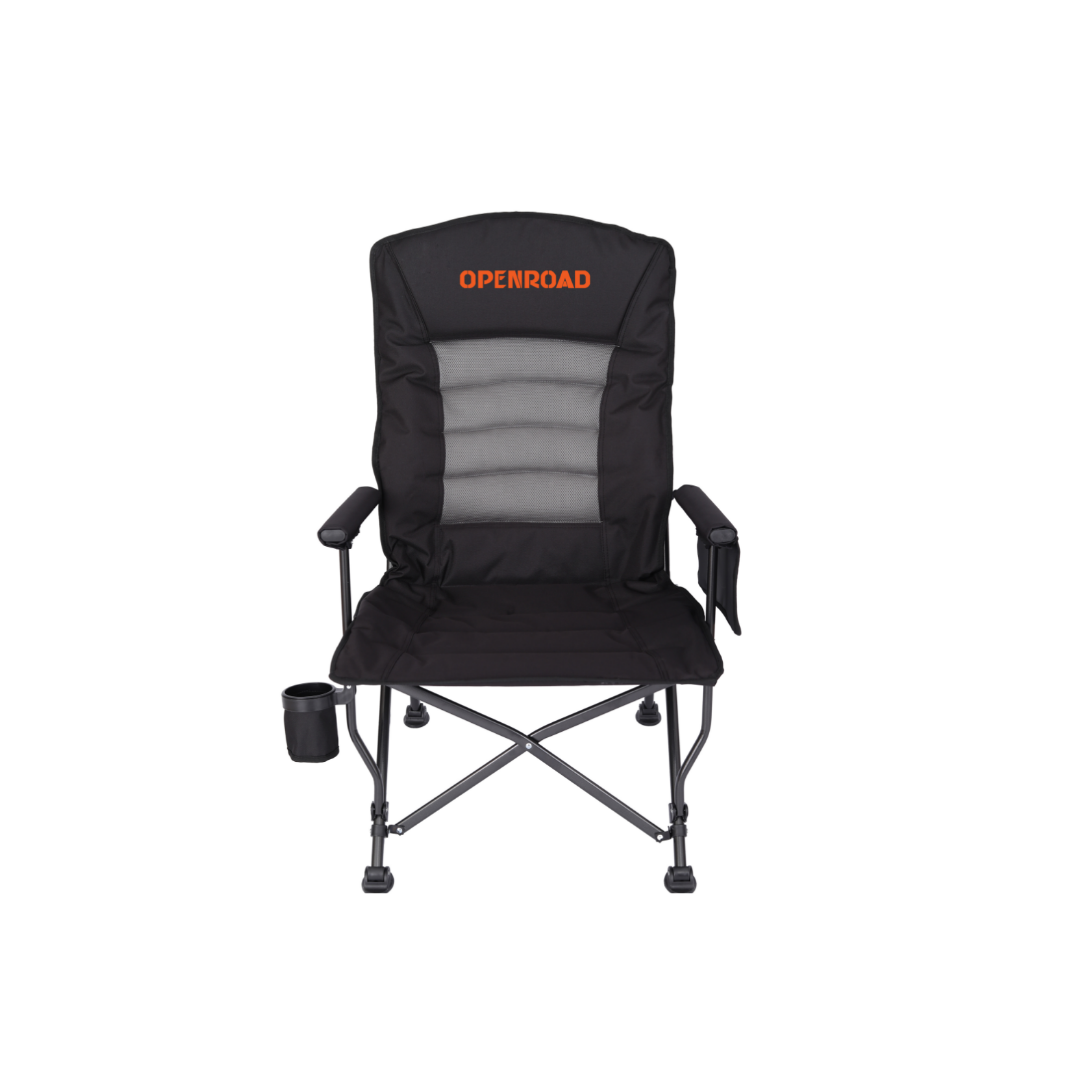
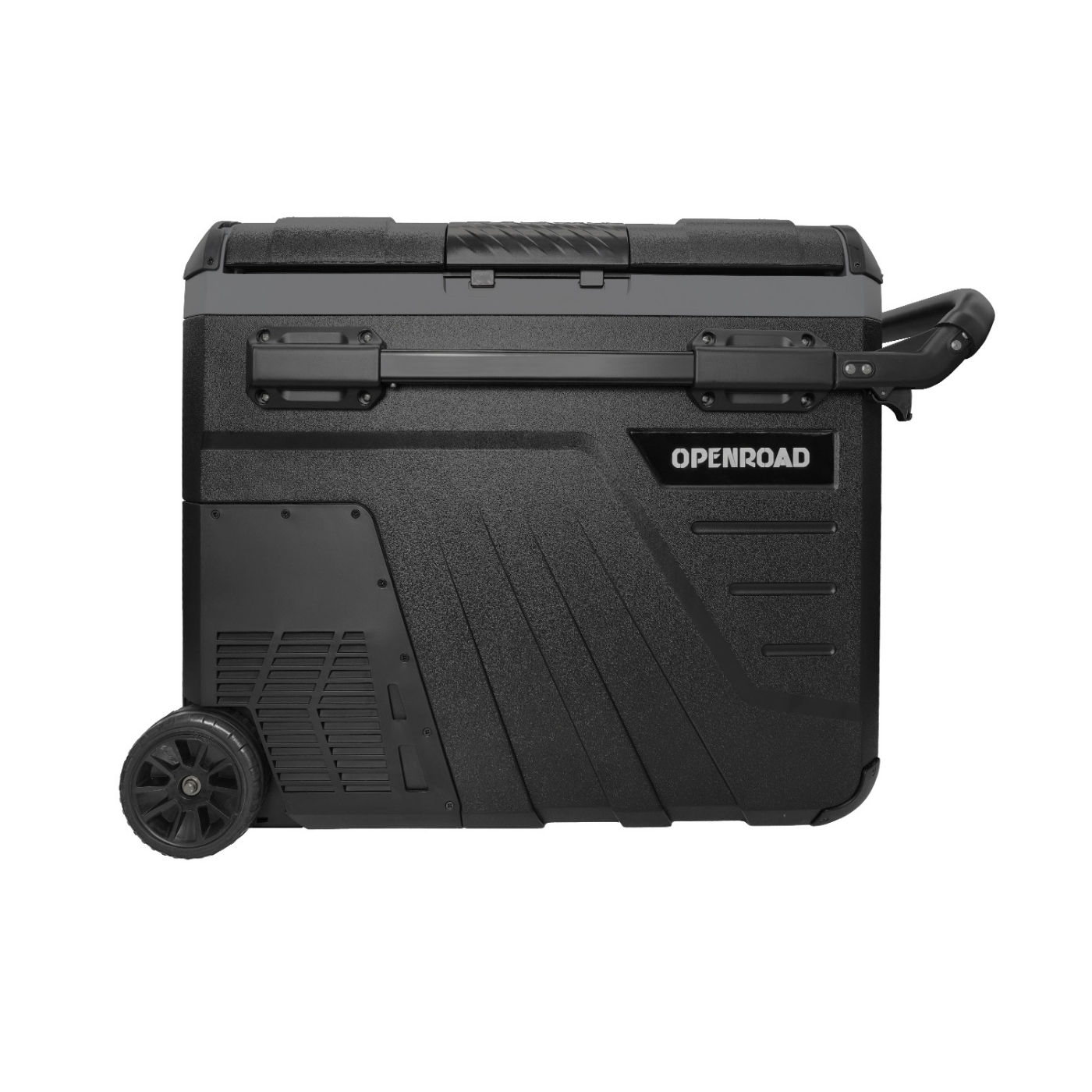
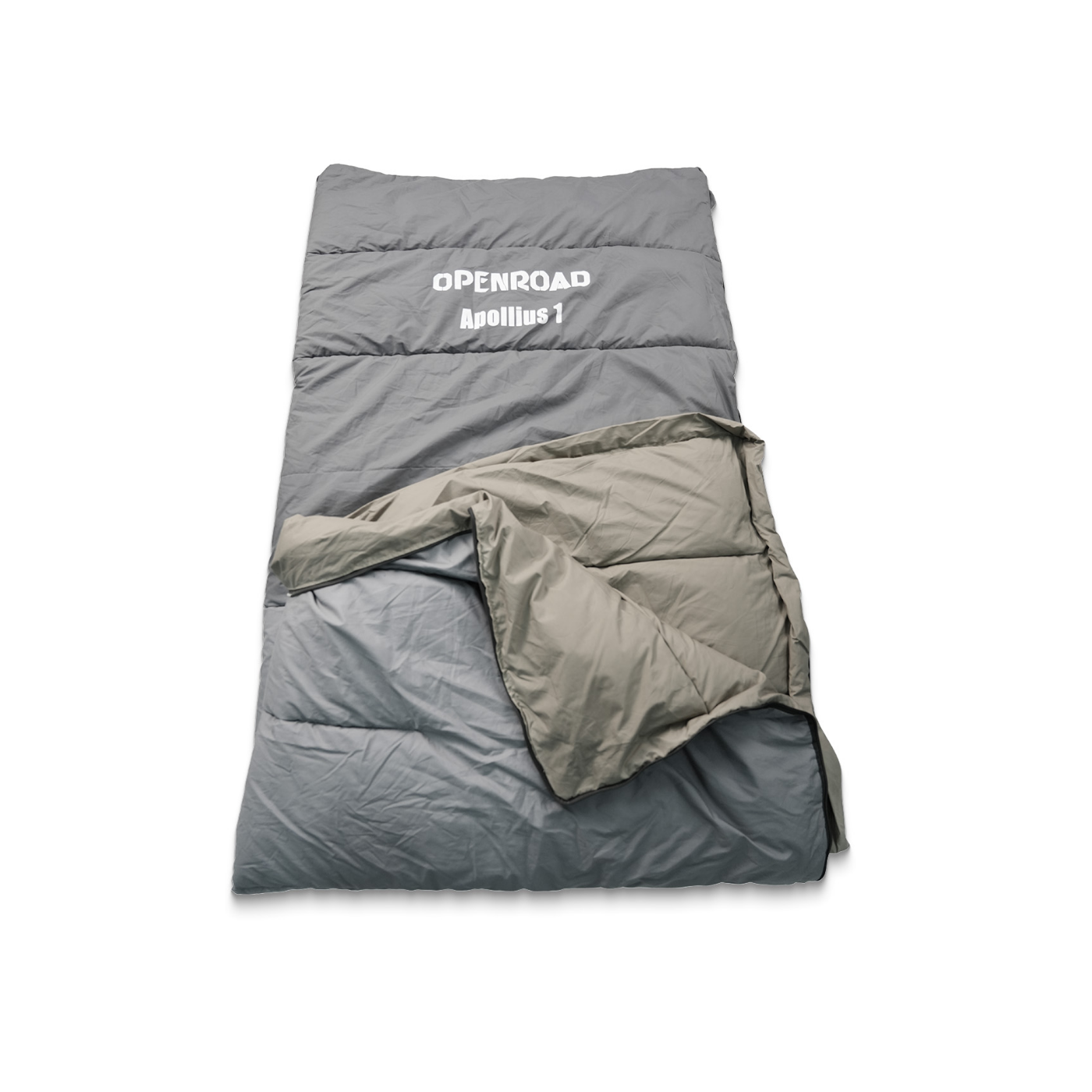
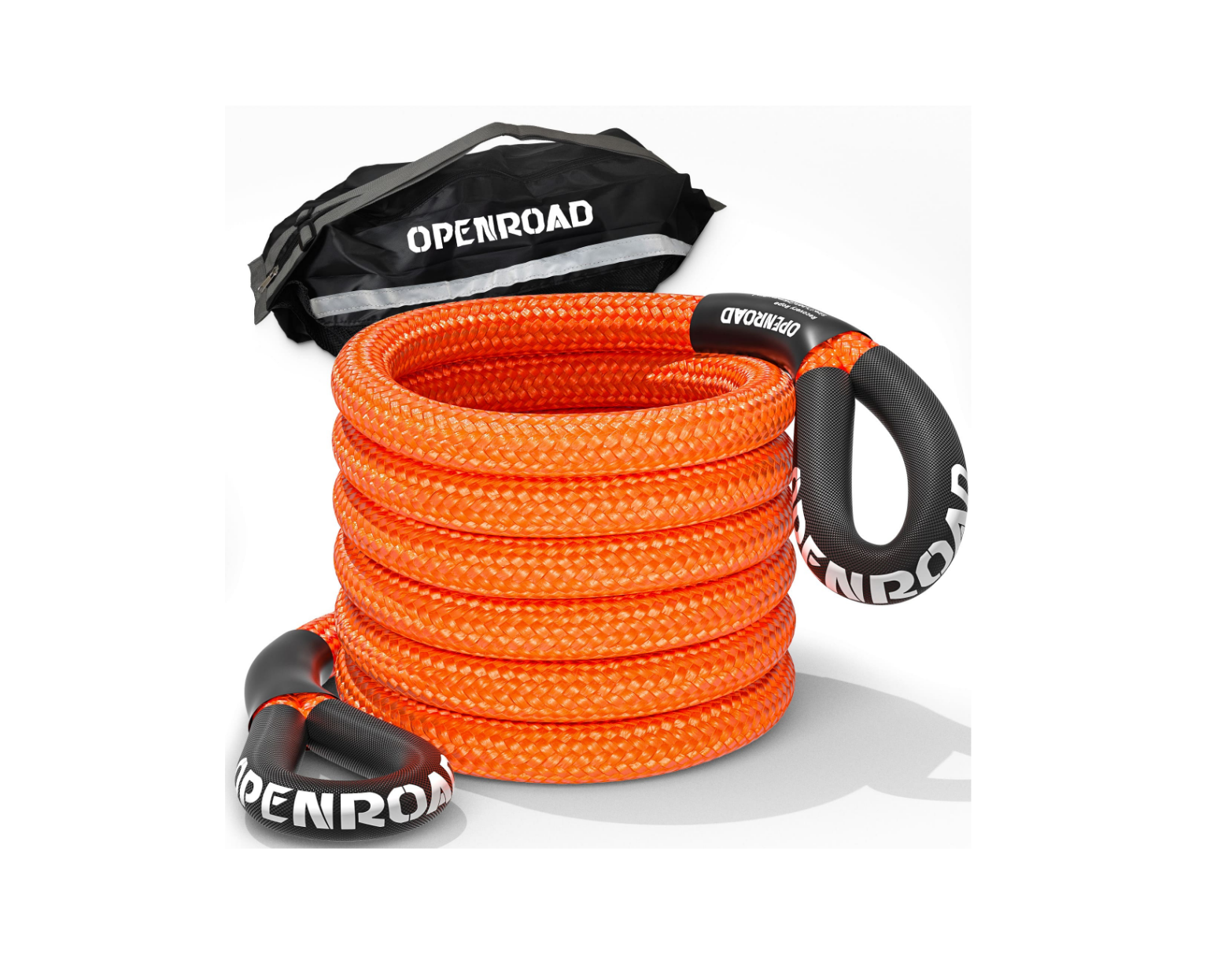
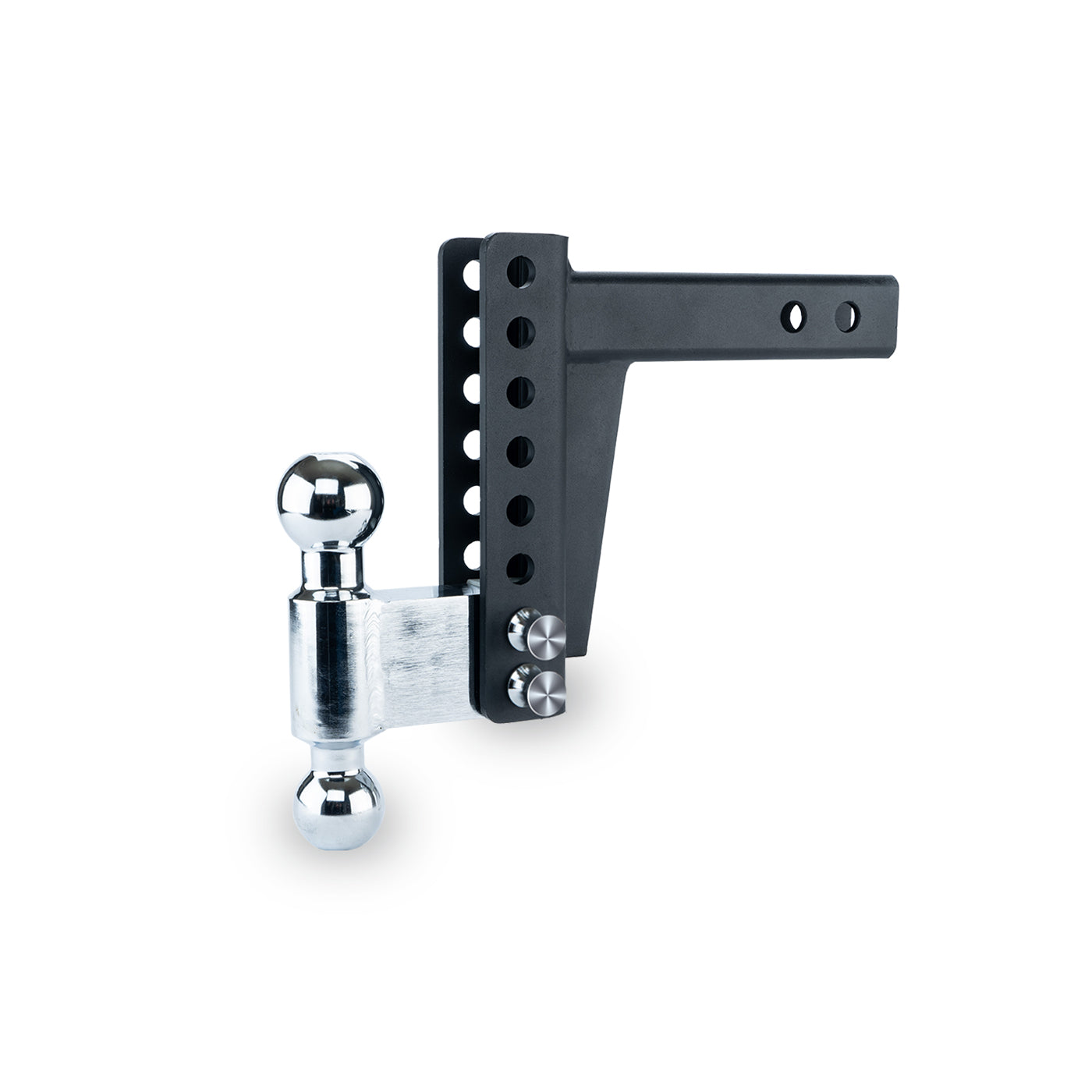




Thanks for the info, it was very informative. Would of liked it more if the video showed how the rope laid as it was reeling in…showing the rope going along the fairlead.
Leave a comment